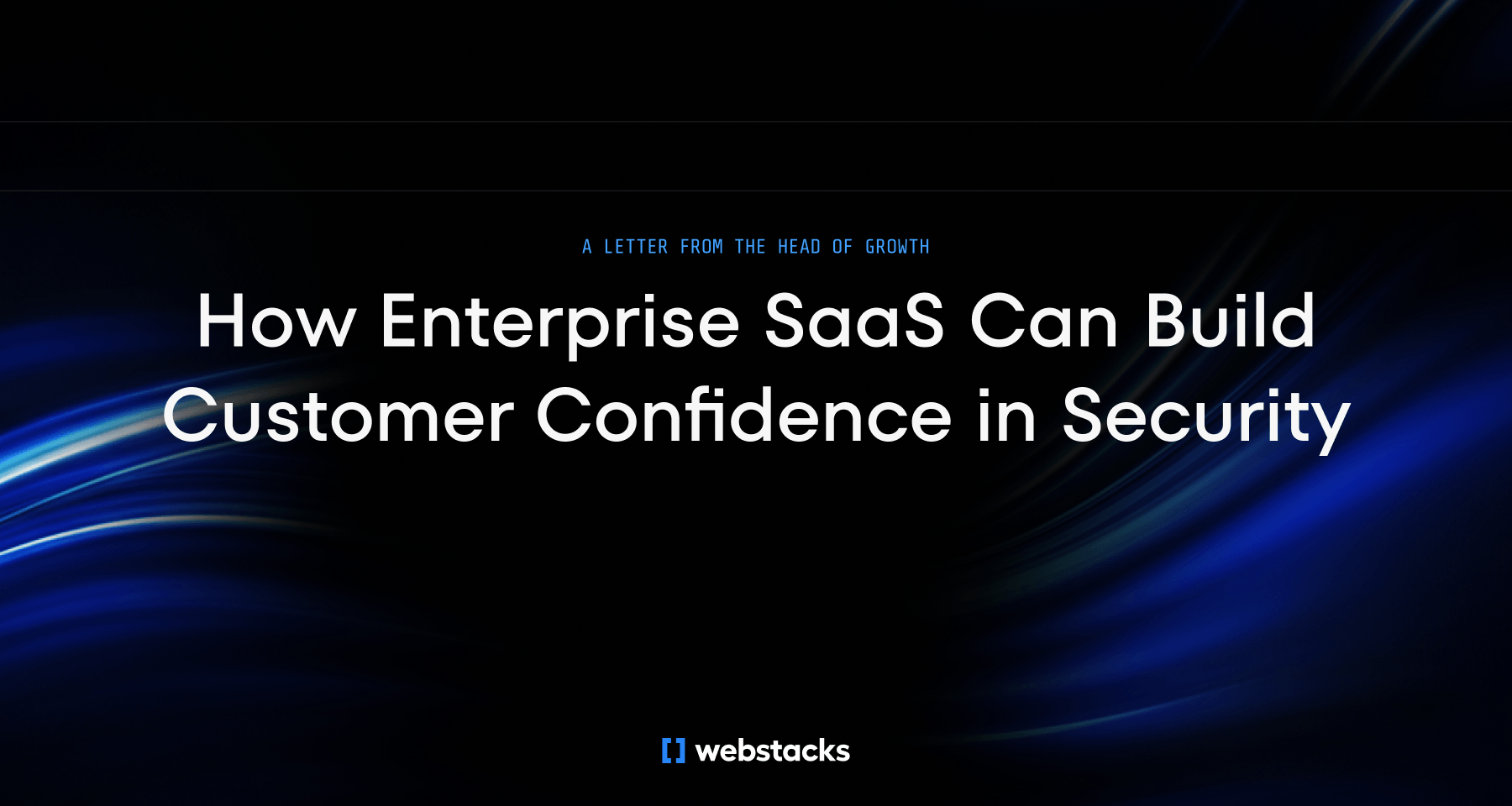Building a HIPAA compliant website involves implementing robust security and privacy controls to protect Protected Health Information (PHI) from unauthorized access. This article outlines the key steps and best practices to guide you through the process of HIPAA-compliant design. Such measures go beyond basic website security, offering a comprehensive approach to safeguarding sensitive patient data throughout its entire lifecycle, from collection and storage to transmission.
In brief:
- If your site collects, stores, or transmits Protected Health Information (PHI), compliance is mandatory.
- Use encryption, access control systems, and HIPAA-compliant hosting to protect PHI.
- Set up access controls, data encryption, security infrastructure, authentication systems, and monitoring mechanisms.
- Conduct regular assessments, provide staff training, and perform security testing to keep your website compliant over time.

Assess Your Website's HIPAA Compliance Needs
Before investing in HIPAA compliance measures, you need to determine if your website actually requires them. The key factor is whether your website handles Protected Health Information (PHI) in any way.
Your website needs HIPAA compliance if you're operating as:
- A healthcare provider
- A health plan
- A healthcare clearinghouse
- A business associate working with any of the above
To assess your specific needs, ask yourself these three critical questions:
- Are you transmitting PHI through your website?
- Are you storing PHI on any server connected to your website?
- Are you collecting PHI through your website?
If you answer "yes" to any of these questions, your website must be HIPAA compliant. Common features that trigger compliance requirements include patient portals, online appointment forms, live chat systems that collect patient information, and any tracking technologies that capture health-related data. For instance, if your website has an online appointment booking system where patients enter their personal health information, this would require HIPAA compliance.
However, if your website only provides general information about your organization, services, and contact details without collecting or transmitting any patient information, HIPAA compliance may not be necessary. For example, a medical practice website that simply lists office hours, service descriptions, and a phone number wouldn't require HIPAA compliance.
How to Implement Technical Requirements for HIPAA Compliance
To achieve HIPAA compliance, your website must implement specific technical safeguards that protect Protected Health Information (PHI) and ensure compliance with data regulations, while also providing a user-friendly experience through user-focused healthcare design.
Implement Encryption Protocols
You must implement encryption both for data in transit and at rest; following website security tips can help provide comprehensive protection. For data transmission, use industry-standard protocols:
- TLS 1.2 or higher for all network communications
- AES-256 or RSA encryption algorithms for database encryption
- Full disk encryption (FDE) for physical storage devices
- Virtual disk encryption (VDE) for cloud-based systems
For example, implementing SSL/TLS encrypts data transmitted between the user's browser and your server, preventing unauthorized interception.
Choose HIPAA-Compliant Hosting Infrastructure
Your hosting environment must provide specific security measures:
- Choose a HIPAA-compliant cloud provider that offers robust security features appropriate for protecting PHI
- Your provider must sign a Business Associate Agreement (BAA)
- Implement encrypted backup systems with regular testing
- Set up disaster recovery solutions with documented procedures
- Configure automated monitoring and alerting systems
Selecting a hosting provider and a CMS for healthcare websites that specialize in healthcare can offer additional compliance support. Additionally, utilizing appropriate content modeling techniques can enhance data management and compliance.
Configure SSL/TLS Properly
Proper SSL/TLS configuration is critical:
- Install valid SSL certificates from trusted Certificate Authorities
- Consider using Extended Validation (EV) certificates for enhanced trust
- Configure secure cipher suites
- Disable outdated SSL/TLS versions (anything below TLS 1.2)
- Enable HSTS (HTTP Strict Transport Security)
Establish Access Control Systems
Implement robust authentication and authorization:
- Multi-factor authentication for all user access
- Role-based access control (RBAC) for granular permissions
- Automatic session timeout after periods of inactivity
- Strong password policies with regular rotation requirements
- Unique user IDs with detailed access logging
For example, multi-factor authentication can involve using a password plus a one-time code sent to a user's mobile device, adding an extra layer of security.
Set Up Audit Logging
Establish comprehensive logging systems:
- Track all access attempts to PHI
- Log system configuration changes
- Monitor file integrity
- Implement real-time alerting for suspicious activities
- Maintain logs in encrypted, tamper-evident storage
The technical requirements outlined above form the foundation of HIPAA compliance, supporting a scalable web design. Remember that compliance is an ongoing process requiring regular updates and security assessments as technology evolves and new threats emerge.

6 Implementation Steps for HIPAA Website Compliance
Start your HIPAA compliance implementation by establishing fundamental security measures.
1. Implement Access Controls
Here's how to set up robust authentication systems:
- Deploy multi-factor authentication for all user accounts accessing PHI
- Implement role-based access control (RBAC) to limit data access based on user responsibilities
- Configure automatic session timeouts after periods of inactivity
- Create detailed audit logs tracking all PHI access and modifications
2. Set Up Data Encryption
Implement comprehensive encryption across your system in this way:
- Install SSL/TLS certificates and configure your web server to enforce HTTPS with TLS 1.2 or higher
- Set up database encryption using AES-256 or RSA algorithms for stored PHI
- Enable encryption for all backup systems and audit logs
- Implement secure file upload/download functionality with end-to-end encryption
3. Configure Security Infrastructure
Deploy essential security measures like this:
- Install and configure a managed firewall with intrusion detection
- Set up network monitoring systems to track and log all traffic
- Implement secure backup systems with encrypted off-site storage
- Configure automated security patch management
4. Set Up Authentication Systems
Build a robust authentication framework by following these steps:
- Create unique user IDs for all system users
- Implement strong password policies requiring complexity and regular updates
- Configure biometric authentication where applicable
- Set up Single Sign-On (SSO) for secure access across multiple applications
For example, using fingerprint or facial recognition to authenticate users adds an additional security layer.
5. Establish Monitoring and Maintenance Systems
Establish ongoing security monitoring:
- Configure continuous monitoring tools for system access and changes
- Set up automated alerts for suspicious activities
- Implement regular vulnerability scanning
- Deploy penetration testing tools for periodic security assessments
For instance, implementing intrusion detection systems can help identify unauthorized access attempts in real-time.
6. Configure Breach Response Systems
Create automated systems for incident handling:
- Set up breach detection systems with immediate alerts
- Configure automated logging of security incidents
- Implement systems to track the 60-day notification requirement
- Deploy tools for documenting and analyzing security events
For example, setting up a response plan that includes notifying affected patients and regulatory bodies within the required time frame.
Implementing these technical measures systematically establishes a solid foundation for HIPAA compliance. Remember to document each implementation step and regularly test all security measures to verify their proper functionality.
Ongoing Compliance and Maintenance
Building a HIPAA-compliant website isn't a one-time achievement—it requires an effective website strategy with ongoing attention and maintenance to guarantee continued protection of sensitive health information.
Regular Assessments and Monitoring
Set up automated monitoring systems to track all access and modifications to Protected Health Information (PHI). Implement detailed audit logging to record user activities and enable alerts for potential security incidents. Conduct thorough risk analyses periodically to identify and address new vulnerabilities that may emerge as your technology stack evolves. These measures not only enhance security but also contribute to improving website performance and implementing effective SEO strategies for healthcare.
Staff Training and Policy Updates
Your team needs to stay current with HIPAA requirements through regular training sessions. Establish a program of comprehensive HIPAA training for all employees and contractors who interact with your website or its data. Keep your security policies up to date so that they reflect the latest best practices and regulatory requirements.
For example, schedule quarterly training sessions to keep staff informed about changes in HIPAA regulations and emerging security threats. In addition to compliance, consider implementing website optimization strategies to enhance user experience and performance.
Security Testing and Validation
Implement a regular schedule of security testing, including:
- Penetration testing to identify potential vulnerabilities
- Vulnerability scans of your website infrastructure
- Testing of disaster recovery and business continuity plans
- Validation of all security controls
- User acceptance testing to ensure functionality from an end-user perspective
For instance, conducting regular penetration tests can reveal vulnerabilities that automated scans might miss.
Remember that if a breach occurs, you must have procedures in place to notify affected individuals within 60 days. Maintain an up-to-date breach response plan and regularly test it so your team can react quickly and effectively to any security incidents.
Regularly review and update your Business Associate Agreements (BAAs) with third-party vendors, and verify that any new tools or services you implement are HIPAA-compliant. Keep detailed documentation of all your security measures, updates, and audit results to demonstrate ongoing compliance during regulatory reviews.
Our Take on HIPAA Website Compliance
HIPAA compliance is not just about meeting regulatory requirements; it's about building trust with your patients by safeguarding their sensitive health information. In our experience, integrating robust security measures into the website development process, while staying informed about healthcare UX trends, enhances user confidence and supports better patient engagement. We believe that a proactive approach to compliance—embedding security from the ground up and maintaining it through regular assessments—provides a solid foundation for healthcare organizations to thrive in the digital landscape.

Conclusion and Next Steps
Building a HIPAA compliant website requires careful attention to multiple security layers, from secure hosting to proper encryption and access controls. Start by assessing your website's specific compliance needs and whether you handle PHI. Then, select a HIPAA-compliant hosting provider that offers key security features and will sign a BAA.
Implement the technical safeguards systematically, prioritizing encryption, access controls, and security monitoring. Remember that HIPAA compliance is an ongoing process requiring regular assessments and updates to stay current with evolving threats and regulations. If your requirements are complex, consider working with experienced HIPAA compliance professionals who can guide you through the implementation process and help configure all necessary security measures properly. Additionally, incorporating website accessibility practices ensures your site is usable by all visitors, further enhancing compliance and user experience.
Ready to optimize your SaaS website structure for growth? See the Webstacks difference: Schedule a brief discovery call today. Let us help you create a website that drives results.




